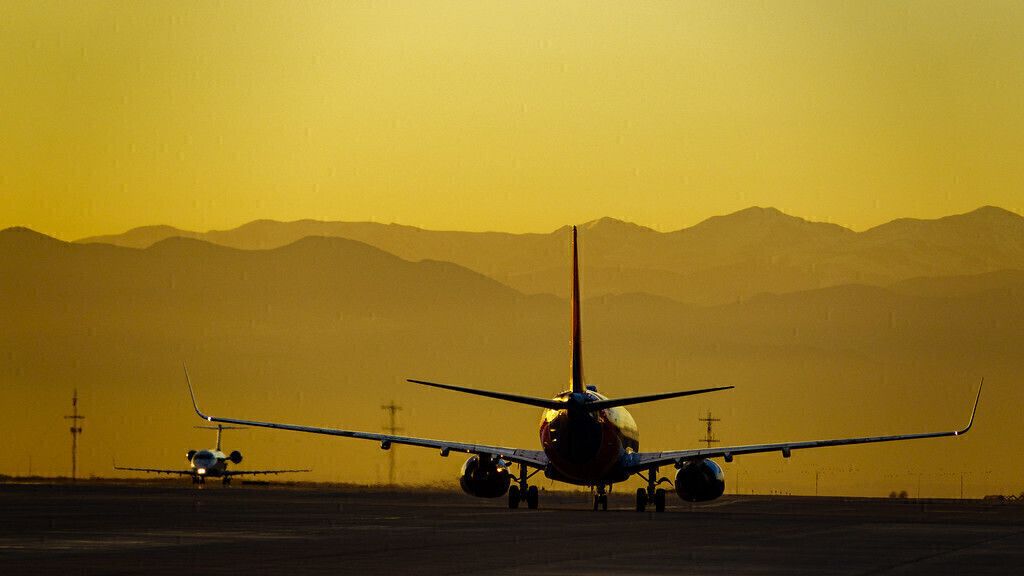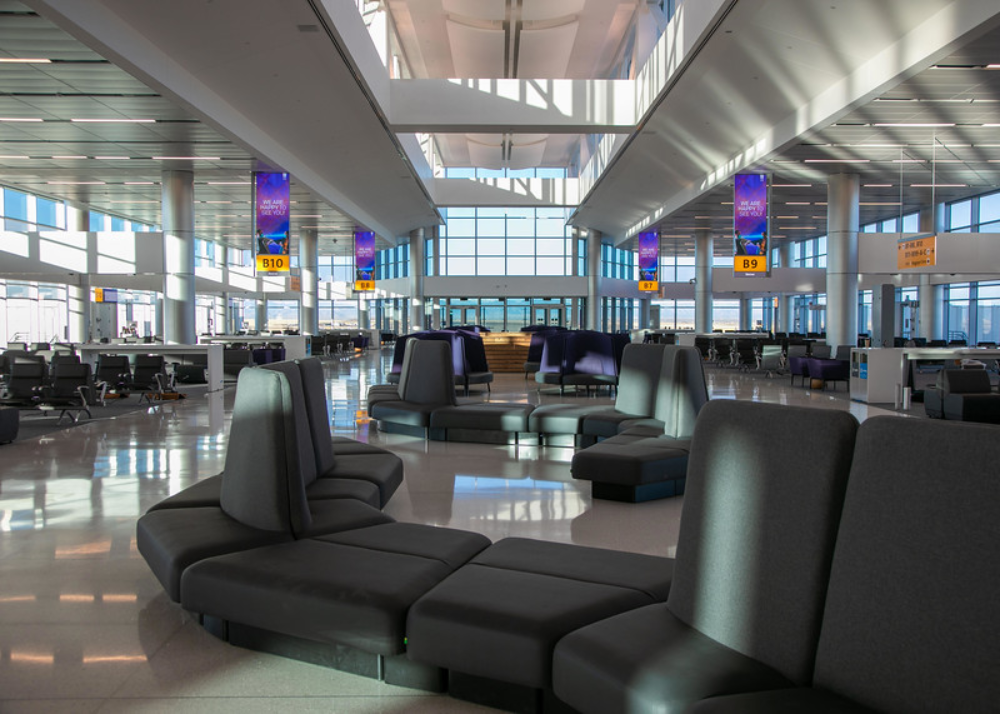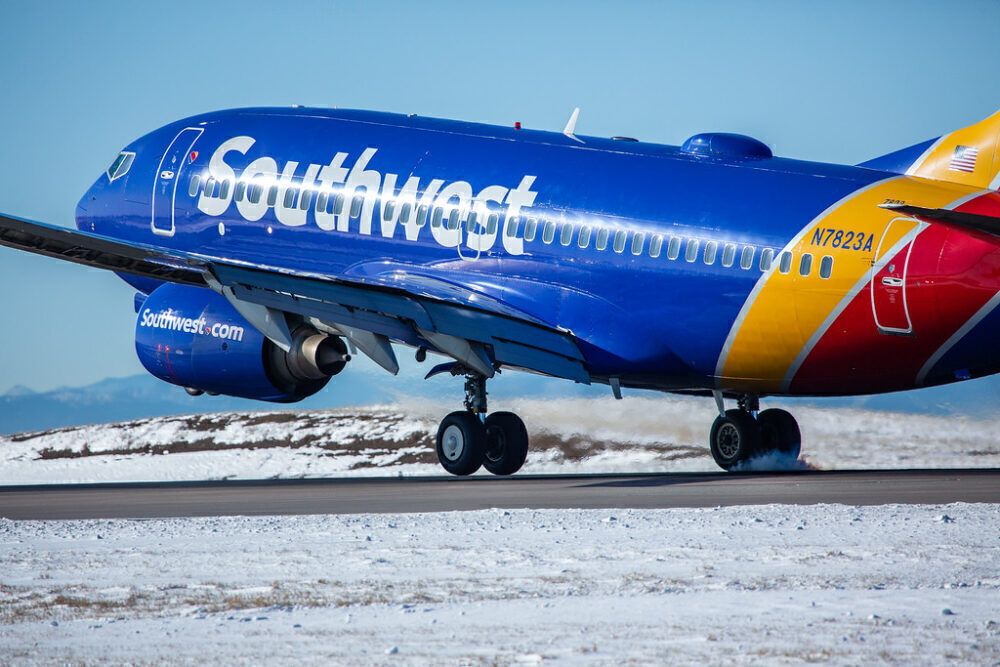Hub and spoke airlines have long enjoyed advantages over point-to-point airlines. Hubbing aircraft and their passengers through one or two central airports has traditionally benefited both airlines and passengers. But airlines must adjust to the new realities of flying. And those airlines with strong point-to-point networks may recover faster from the global travel downturn.
Hub airlines will need to work harder says aviation expert
There are several factors now favoring point-to-point airlines. This includes the rise of smaller, more cost-efficient aircraft that can fly longer distances, changing passenger preferences, and environmental concerns. Also playing a role is congestion and delays at existing hubs and the stress that can cause connecting passengers.
Speaking on an OAG webinar this week, Matthew Findlay, Global Markets Director at Ailevon Pacific Aviation, said;
“Airlines that have hubs will need to work harder to give the perception of safety in moving through those hubs.”
Acknowledging that strong hub airlines that provide unique city pairs will continue to play a role in the aviation industry, Mr Findlay flags the possibility of some hub-focused airlines changing strategy in the future.
“I think there are opportunities whereby you could see Turkish Airlines and other carriers that have relied upon their hubs, reducing or pulling down those hubs, and flying more point-to-point services that serve a more cautious but significant market segment.”
Stay informed: Sign up for our daily and weekly aviation news digests.
Legacy airlines look at new point-to-point networks
The United States domestic airline market is on the rebound. Mr Findlay argues point to point routes are a primary driver of the rebound. He highlights United States-based airlines recently creating many new point-to-point city pairs. That is not just restricted to traditional point-to-point airlines like Southwest and Frontier Airlines, but traditional hub and spoke legacy carriers like United Airlines, American Airlines, and Delta Air Lines are also forging new point-to-point networks.
“They are responding to where there are pockets of demand, and pockets of demand are existing in places that may not have been on the radar before.”
Leisure travelers are driving this demand. Corporate travel demand remains substantially down across the United States and most airline markets. While the OAG webinar notes conventional holiday hotspots like Florida remain popular, more out-of-the-way destinations are also experiencing strong demand. The webinar points out some of the fastest-growing states in the USA in terms of added capacity are Montana and Wyoming.
“Consumer sentiment research that has been done in the United States has pointed to a strong desire to have holidays or escapes in places where you can spread out a bit more,” says Matthew Findlay.
Health & wellbeing a new influence in travel decisions
Driving that preference is a new awareness of the need to avoid crowds, especially crowds in confined spaces. Aircraft and airport terminals are classic examples of confined spaces. No matter how many times airlines tell us how great their HEPA filters are, many passengers are now deliberately choosing to minimize their time spent in the air and at airports. Not so long ago, cost and convenience drove much of that reasoning. Now, health and wellbeing is a significant contributing factor.
That is why airlines with strong point-to-point networks are likely to recover quicker than airlines with a hub and spoke focus.
What is your opinion on this? Are traditional point-to-point airlines better positioned to bounce back from the travel downturn? Post a comment and let us know.



